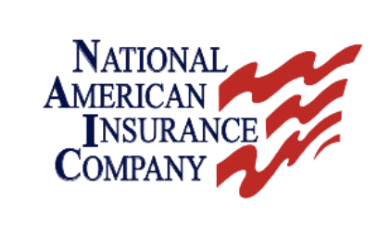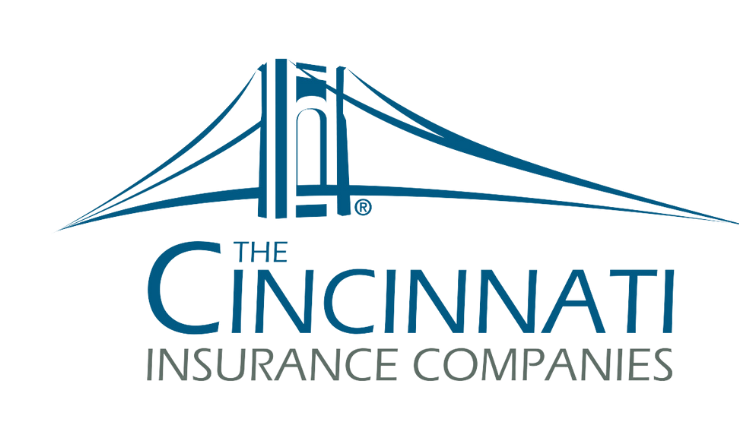INSURANCE & rISK MANAGEMENT FAQ
Explore straightforward answers to frequently asked questions on business and personal insurance, loss control, claims, HR, and employee benefits. If your question is not listed, please feel free to reach out to our team.
You May Also Like...
Is Your Landscaping Business Covered for the Summer?
A Strategic Guide to the Insurance, Risk Gaps,...
Texas Peak Tornado Month
What You Need to Know & How You Can Cover Your...
Preventing Falls in Construction
PREVENTING FALLS IN CONSTRUCTIONWhen it comes to...
Tower Street Insurance By The Numbers
Carriers
Collective Years of Experience
Written Policies
%
Retention Rate

Contact Info
5001 Spring Valley Rd., Ste. 500W
Dallas, TX 75244
Mailing Address:
P. O. Box 803506
Dallas, TX 75380
admin@towerstreetinsurance.com
469-788-8888
Service Areas









